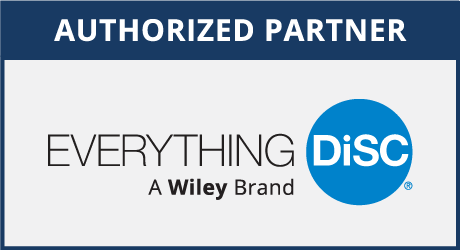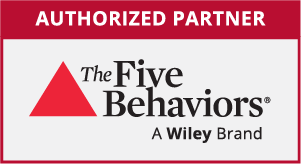As a strengths-based coach and facilitator, people often share with me that they have taken the Clifton StrengthsFinder assessment but never really did anything with it. While the results were unexpectedly accurate and they experienced several feel-good moments reading their report, they never understood how to take this extraordinary insight and turn it into something practical and powerful.
There’s more to discovering your strengths than a warm and fuzzy feeling.
What is Strengths-Based Development?
My strengths journey began in 2003 when I took the Clifton StrengthsFinder assessment. StrengthsFinder is an assessment tool that explains the natural ways in which you think, feel, and behave. These natural tendencies are called talents. Decades of research reveal a person’s talents, when developed, are the source of his or her true potential and power. This “investment” into those talents is referred to as strengths-based development.
Our talents help us understand who we are. They
- describe us
- influence our choices
- direct our actions
- explain why we are better at some things than others
- help us filter our world
The wonderful thing about talents is that they hold great potential for us. It is through our talents that we tap into our greatest potential for success.
Benefits of Strengths-Based Development
It was amazing to discover the things I took for granted — the way I thought, felt, and behaved — were actually considered “talents.” This was transformational in so many ways.
Donald Clifton, former Gallup Chairman and “Father of Strengths Psychology” asked the question “what will happen when we think about what is right about people instead of fixing what is wrong with people?”
I don’t know about you, but I never felt confident, empowered, or motivated to achieve the “extraordinary” when there was an emphasis on my weaknesses. Instead, it left me feeling defeated, defensive, and beaten down. The message that it sends when we choose to ignore the 80% success to focus on the 20% breakdown is truly detrimental to the performance of the individual and the culture within the team. Again, I’m not advocating that we ignore the 20%. I’m merely suggesting we use a different strategy to improve and develop our success story.
People working from an area of strength (versus weakness):
- are more confident
- are more engaged in their work
- look forward to going to work
- have more positive than negative interactions with coworkers
- treat customers better
- tell their friends they work for a great company
- achieve more on a daily basis
- have more positive, creative, and innovative moments
In addition to the personal benefits of a strengths approach, when teams learn how to intentionally leverage the individual and combined talents and strengths of the team to achieve performance objectives, they gain a process they can use time and time again to set them up for success. That is priceless and nothing short of powerful!
So now what?
If you believe your team’s greatest potential lies is the strengths of the individual contributors and you are intrigued with the idea of using a strengths-based approach to develop great leaders and strong teams, getting started is simple.
The FIRST STEP is to discover the talents of each member on the team. This can be done using the Clifton StrengthsFinder assessment. Explore the connections between their dominant talents and their greatest successes. How did they use their talents in the past (often unknowingly) to accomplish great achievements?
The SECOND STEP is to look for ways to apply the team’s dominant talents towards a specific challenge, goal or project. What specific areas of the project allow team members a chance to do what they love and do best? Where can you leverage the best of each team member to achieve an extraordinary outcome?
The THIRD STEP is to invest in the greatest talents of your team members. Look for ways to expand their knowledge base, develop new skills, or practice using their dominant talents. This “investment” in their talent is how they move from talent to strength!
While some are interested in “growth,” great leaders are interested in something more tangible. Great leaders are interested in learning how to improve individual and team performance, increase engagement and job satisfaction, and execute strategic plans. They want to know how to develop a team that collaborates and communicates effectively towards organizational goals. They don’t want “growth” … great leaders are interested in excellence and achieving success!
If you have never tried a strengths-based approach to extraordinary performance, then you are sitting on a goldmine of untapped potential. And that, my friend, is priceless! What can you do today to start this amazing strengths journey with your team?




